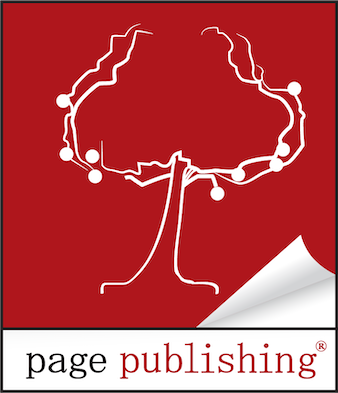
Cultural Awareness for Character Backgrounds: Crafting Authentic and Respectful Narratives

When writing diverse characters, creating authentic and respectful backgrounds is essential. Cultural awareness is more than just adding flavor to your story; it’s about accurately representing the experiences, values, and perspectives of people from different backgrounds. As an author, you have the power to bring a wide array of voices to life, but with that power comes the responsibility to do so thoughtfully. In this blog, we’ll explore how to develop culturally aware character backgrounds that resonate with authenticity and respect.
Why Cultural Awareness Matters
Cultural awareness in character development is crucial for several reasons:
- Authenticity: Readers can tell when a character’s background feels genuine. Authentic representation adds depth to your characters and credibility to your story.
- Respect: Thoughtful representation shows respect for the cultures you’re depicting. Misrepresenting or stereotyping cultures can cause harm and alienate readers.
- Diversity and Inclusion: Culturally diverse characters make stories richer and more reflective of the real world. By including a variety of backgrounds, you create a more inclusive narrative that resonates with a broader audience.
- Avoiding Stereotypes: Cultural awareness helps you move beyond clichés and stereotypes, allowing you to create complex, multi-dimensional characters.
Steps to Develop Culturally Aware Character Backgrounds
- Research Extensively
- Before you start writing, immerse yourself in the culture you’re depicting. Read books, watch films, and consume media created by people from that culture. Study the history, customs, language, and social norms. Consider consulting academic sources or cultural experts to gain a deeper understanding.
- Engage with the Community
- If possible, engage directly with individuals from the culture you’re portraying. This could involve conversations, interviews, or participation in cultural events. Listen to personal stories and experiences. First-hand insights can provide valuable context and help you avoid inaccuracies.
- Avoid Stereotypes
- Stereotypes are oversimplified and often negative representations of a culture. To avoid them, focus on creating unique, multi-faceted characters who have their own personalities, desires, and flaws. Think about how cultural background shapes, but doesn’t define, a character’s identity.
- Consider the Impact of Culture on Character Development
- Reflect on how a character’s cultural background influences their worldview, behavior, and relationships. Culture can affect a character’s values, traditions, language, and even their sense of self. Incorporate these elements into your character’s backstory and motivations.
- Be Mindful of Language and Dialogue
- Language is a key aspect of cultural identity. If your character speaks a different language or dialect, do your research to ensure accuracy. Be cautious with the use of slang, idioms, or accents, as these can easily veer into caricature if not handled with care.
- Portray a Range of Experiences
- Avoid presenting a single, monolithic experience of a culture. Within any culture, there are diverse perspectives, experiences, and identities. Show a variety of characters from the same cultural background to reflect this diversity.
- Seek Feedback from Cultural Sensitivity Readers
- Consider hiring cultural sensitivity readers—individuals from the culture you’re writing about who can review your work and provide feedback on its authenticity and respectfulness. They can help you identify potential issues and improve the accuracy of your portrayal.
- Reflect on Your Intentions and Impact
- Before finalizing your character, take a moment to reflect on your intentions. Why are you including this cultural background? Are you contributing to a richer narrative, or are you using the culture as a plot device? Consider the potential impact of your portrayal on readers from that culture.
Common Pitfalls to Avoid
- Cultural Appropriation: Be mindful of cultural elements that are sacred or significant. Using them out of context or for mere aesthetic purposes can be seen as disrespectful.
- Exoticism: Avoid exoticizing a culture by focusing solely on its “foreign” or “exotic” aspects. This reduces a culture to a set of clichés rather than presenting it as a living, evolving entity.
- Tokenism: Including a character from a different cultural background solely to meet a diversity quota without giving them a fully developed role can feel disingenuous. Ensure that every character has a purpose and is fully integrated into the story.
- Overgeneralization: Cultures are not monolithic. Avoid making sweeping generalizations about a culture or assuming that all individuals from that culture share the same beliefs, behaviors, or experiences.
Creating culturally aware character backgrounds is a vital part of writing diverse and inclusive stories. By taking the time to research, engage with communities, and reflect on your portrayal, you can create characters that resonate with authenticity and respect. Remember, cultural awareness is not just about avoiding mistakes; it’s about enriching your narrative and honoring the diverse world we live in. By writing with cultural awareness, you can contribute to a more inclusive literary landscape and create stories that speak to the humanity we all share.



